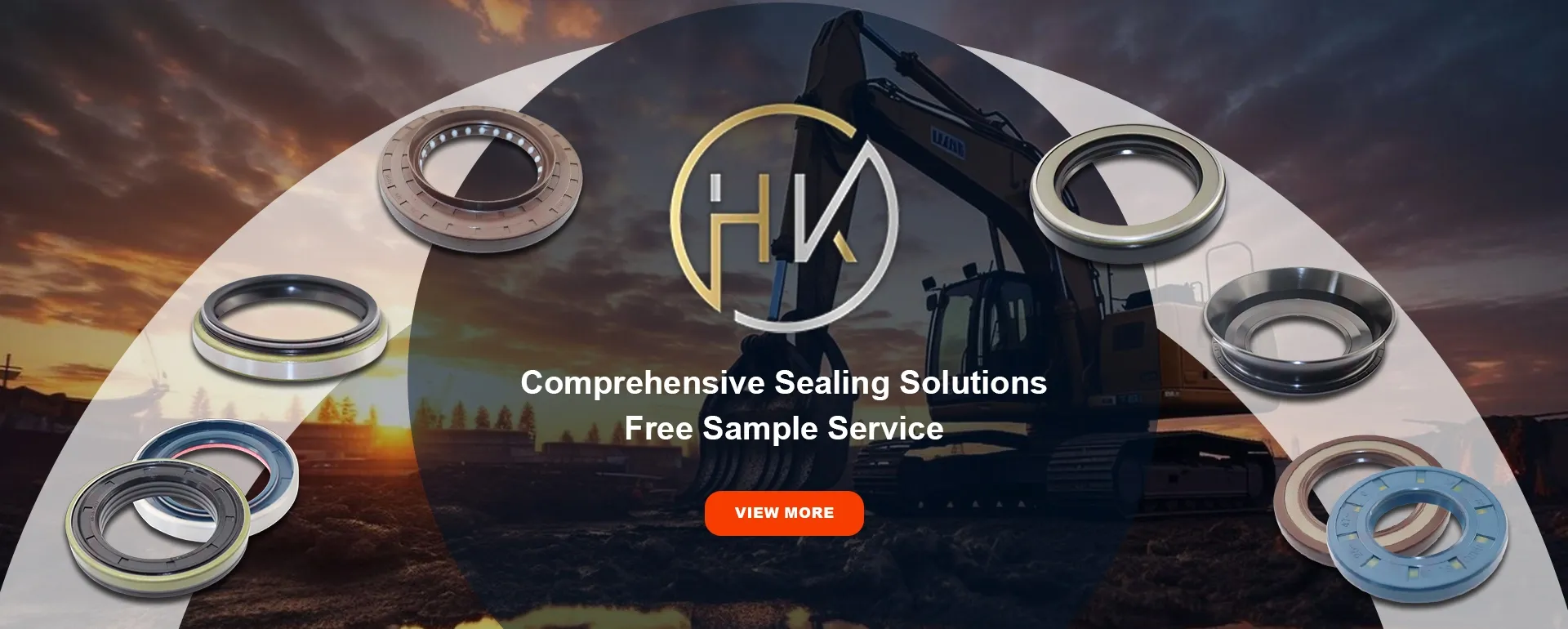Οκτ . 09, 2024 01:47 Back to list
Comparison of Dust Seals and Oil Seals in Mechanical Applications
Dust Seal vs. Oil Seal Understanding the Differences
Seals play a crucial role in various mechanical applications by preventing the ingress of contaminants and the egress of lubricants. Among the most commonly used seals are dust seals and oil seals, each serving distinct purposes and designed for specific environments. Understanding the differences between them can help in selecting the right type of seal for your application.
Dust Seal Defined
A dust seal is primarily designed to prevent dirt, dust, and other contaminants from entering a particular area, typically where moving parts are involved. These seals are often found in applications such as automotive wheel bearings, heavy machinery, and industrial equipment. The primary function is to shield the internal components from abrasive particles that could lead to wear and premature failure.
Dust seals are typically made from materials such as rubber, polyurethane, or silicone, which provide flexibility and resilience. The design often includes a lip that makes contact with the moving surface, creating a barrier that dust and particles cannot penetrate. The focus here is mainly on environmental protection rather than fluid containment.
Oil Seal Explained
dust seal vs oil seal

On the other hand, oil seals, also known as labyrinth seals or fluid seals, are designed to retain lubricants and prevent the leakage of fluids while also keeping contaminants out. These seals are commonly used in applications such as engines, gearboxes, and hydraulic systems where maintaining a specific lubricant level is crucial for functionality.
Oil seals usually incorporate a more complex design, featuring multiple sealing lips and sometimes additional features like spring-loaded mechanisms to ensure a tight seal against the moving shaft. They are made from materials that can withstand exposure to fluids, heat, and varying pressures, making them ideal for situations where oil or other lubricants are present.
Key Differences
The fundamental difference between dust seals and oil seals lies in their primary function. Dust seals focus on blocking external particles, while oil seals prioritize preventing lubricant leakage. Depending on the application, you may require one or the other, or in some cases, both types of seals used in tandem to provide comprehensive protection against contaminants and fluid loss.
When choosing between dust seals and oil seals, it is essential to consider factors such as the working environment, the type of fluid involved, temperature conditions, and the operating speed of the parts. Selecting the appropriate seal can significantly extend the lifespan of equipment and enhance operational efficiency.
In conclusion, both dust seals and oil seals are vital components in maintaining the integrity and performance of mechanical systems. By understanding their specific roles, one can make informed choices that contribute to smoother operations and reduced maintenance costs. Whether you need to protect against dust or prevent oil leaks, knowing the right seal for your application is key.
-
The Trans-formative Journey of Wheel Hub Oil Seals
NewsJun.06,2025
-
Graphene-Enhanced Oil Seals: Revolutionizing High-Pressure Oil Sealing
NewsJun.06,2025
-
Future of Hydraulic Sealing: Advanced Intelligent TCN Oil Seals
NewsJun.06,2025
-
Don’t Let a Broken TCV Oil Seal Ruin Your Day
NewsJun.06,2025
-
Bio-Inspired Dust Seals for Better Sealing Performance
NewsJun.06,2025
-
Biodegradable and Sustainable Hydraulic Seal Materials
NewsJun.06,2025
-
Top Oil Seal Solutions for Your Industrial Needs
NewsMay.22,2025
Products categories
















